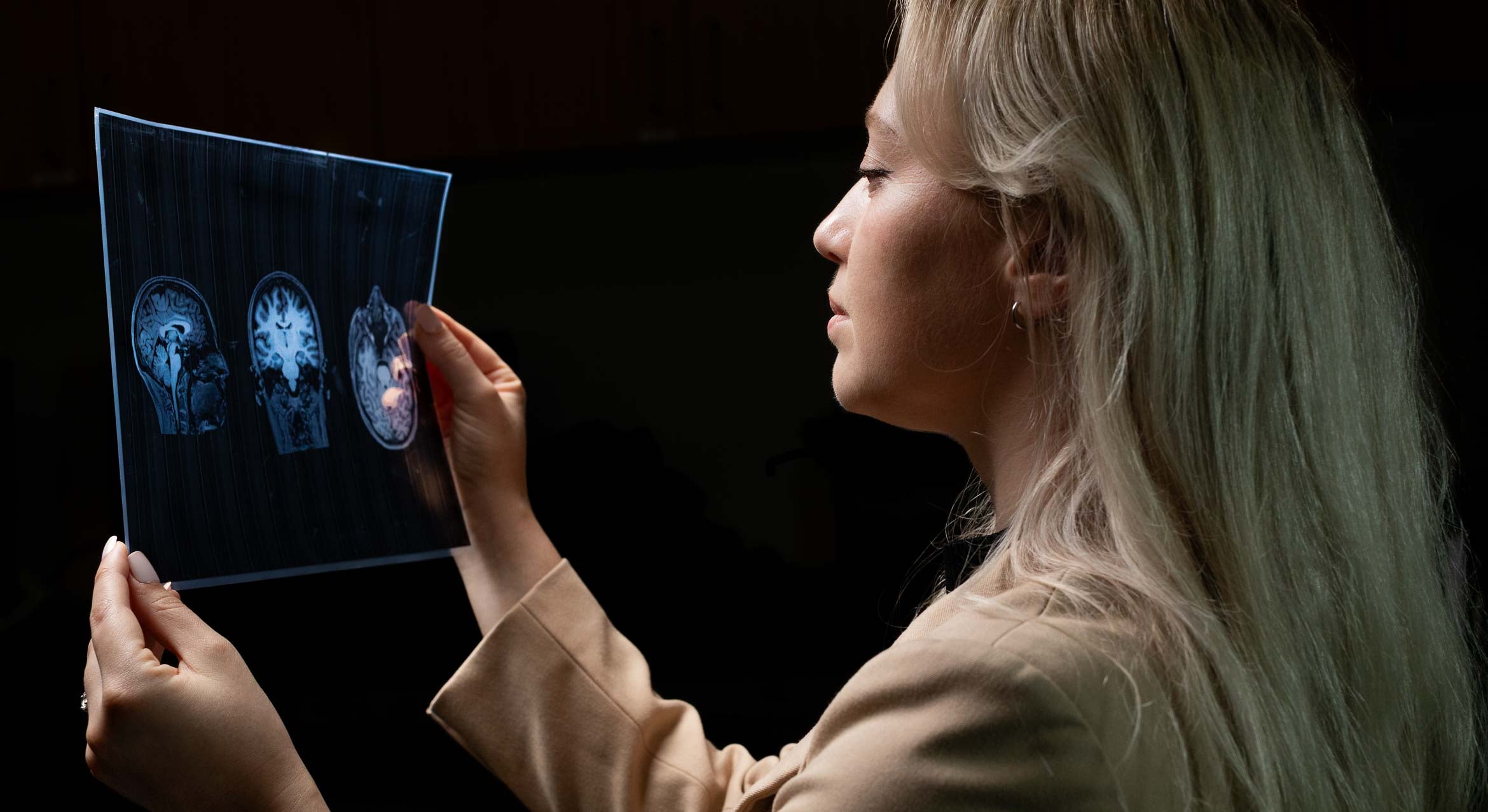Sharing a Passion for Science
The classroom at La Colina Junior High School was near silent as the audience focused on the old boom box. They were listening for the faint tune that emanated from speakers they had just fashioned out of a battery, wire, magnets and an assortment of plates and cups. Then they were asked to use what they had learned to explore different materials and shapes to improve the speakers’ amplification.
Welcome to another session of Family Ultimate Science Exploration (FUSE), a program run by UC Santa Barbara’s Center for Science and Engineering Partnerships (CSEP). A collaboration of CSEP and science teachers in the Santa Barbara and Carpinteria school districts, FUSE brings eighth-grade students and their families together in a classroom setting to practice science, realize its importance in education and see possibilities for career options.
“One of the exciting things about the FUSE program is getting parents into the junior high school,” said Wendy Ibsen, CSEP’s associate director. “So many parents never get into classrooms, don’t get to meet the teachers, don’t meet the administration. So FUSE nights are a fabulous opportunity to focus on academics and to bring the families into the schools and get them really excited about what’s going on in the science classrooms.”
FUSE began a decade ago as a partnership between Ibsen and Marilyn Garza, a science teacher at Santa Barbara Junior High School, who was named the 2010-11 Santa Barbara County Teacher of the Year. A few years later, the program was expanded to include four additional schools and this fall also was presented at Girls Inc. in Goleta.
“Initially I just wanted to bring my students and their families together with graduate students who I found to be so passionate about their science,” Garza said. “Since then, the program has become a lot larger. I think everyone benefits. Participants get to meet people from the university, and the students get to practice how to talk science and really interact one on one with students and families alike, which illustrates the importance of community outreach.”
At the FUSE night events — and they take place twice a year — each family group receives a passport that resembles an abbreviated school day, with three 25-minute classes. Each “period” features an activity that introduces an aspect of science and technology that affects everyday life — the fiber optics that carry data via the internet, for example. In that module, participants learn how to control light using gelatin and a laser pointer.
Another hands-on activity explores polymers, long chains of molecules made by linking together many small molecules called monomers. Each family group is given the materials they need to make nearly invisible beads with chemicals from giant kelp found on local beaches. Combining sodium alginate and calcium chloride creates crosslinking of the polymer, forming a “skin” around the remaining alginate in the shape of a small bead. Colors can also be added to the beads.
“I think the kelp beads activity is a particularly exciting one,” Ibsen said. “It’s fun to watch students discover the self-assembling beads and then experiment with the material. Do they try to mix solutions? Do they try to change the shape? Do they try to make huge long strings? Do they break it? Do they squish it? You can see them imagine what they could possibly do with these materials in the future.”
Parents seem especially appreciative of the FUSE program. “We consistently have parents thanking us for having an opportunity at this level of education to engage with their children,” Ibsen said. “And it is our hope that when they go home, they’re able to notice technologies in their daily lives, make observations about the world around them and continue these science conversations with their children.”
Support for FUSE comes from the California NanoSystems Institute, the Energy Partners Fund and the American Institute for Manufacturing Integrated Photonics.



